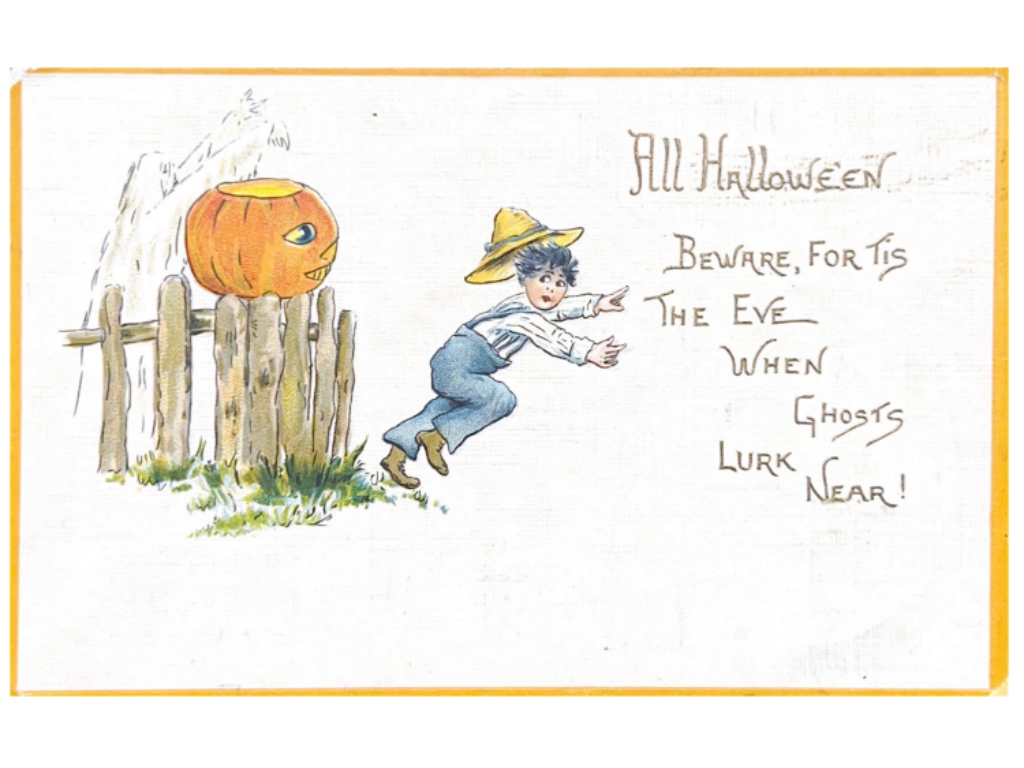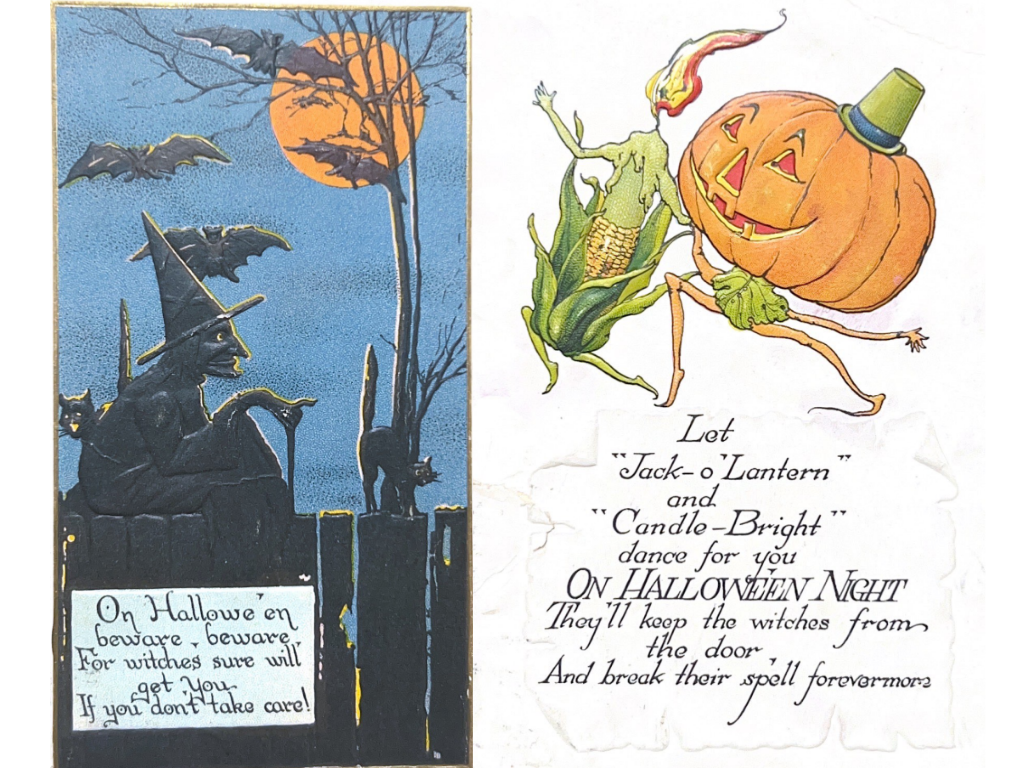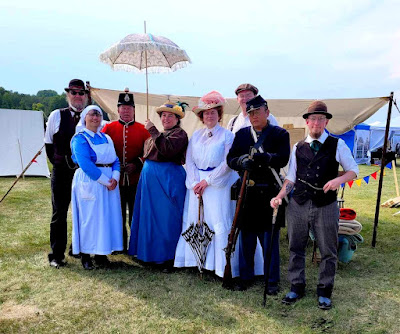The Christmas truce of 1914.
James Prescott has collected some interesting letters for 1914.
Check them out at his website below.
May you all have a peaceful and Merry Christmas.
the Victorian Society of Alberta
Letters from the Trenches, Christmas 1914
From Jame's post.
Graham Williams, London Rifle Brigade:
I was gazing toward the German lines when suddenly lights began to appear along the top of the German trenches -- these were Christmas trees with lighted candles burning steadily in the still, frosty air! Then our opponents began to sing "Stille Nacht, Heilige Nacht". We thought that we ought to retaliate, so we sang "The First Nowell", and when we finished they all began clapping. The Germans would sing one of their carols and then we would sing one of ours, until we started up with "O Come All Ye Faithful" and the Germans immediately joined in singing the Latin words "Adeste Fideles". This was really a most extraordinary thing -- our nations both singing the same carol in the middle of a war.
Captain Clifton Stockwell, Royal Welch Fusiliers, 26th December:
It froze hard on Christmas Eve, and in the morning there was a thick ground fog. Strict orders had been issued that there was to be no fraternising on Christmas Day. The sergeant suddenly ran in and said the fog had lifted and that half-a-dozen Saxons were standing on their parapet. The Saxons were shouting, "Don't shoot. We don't want to fight today. We will send you some beer." A cask was hoisted onto the parapet and three men started to roll it into the middle of No Man's Land.
We did not like to fire as they were all unarmed, but we had strict orders and someone might have fired, so I climbed over the parapet and shouted, in my best German, for the opposing captain to appear.
A German officer appeared and walked out into the middle of No Man's Land, so I moved out to meet him, amidst the cheers of both sides. We met and formally saluted. He introduced himself as Count something-or-other and seemed a very decent fellow. We agreed not to shoot until the following morning.
He said, "You had better take the beer. We have lots." So I called up two men to take the barrel to our side. As we had lots of plum puddings I sent for one and formally presented it to him in exchange for the beer.
















































